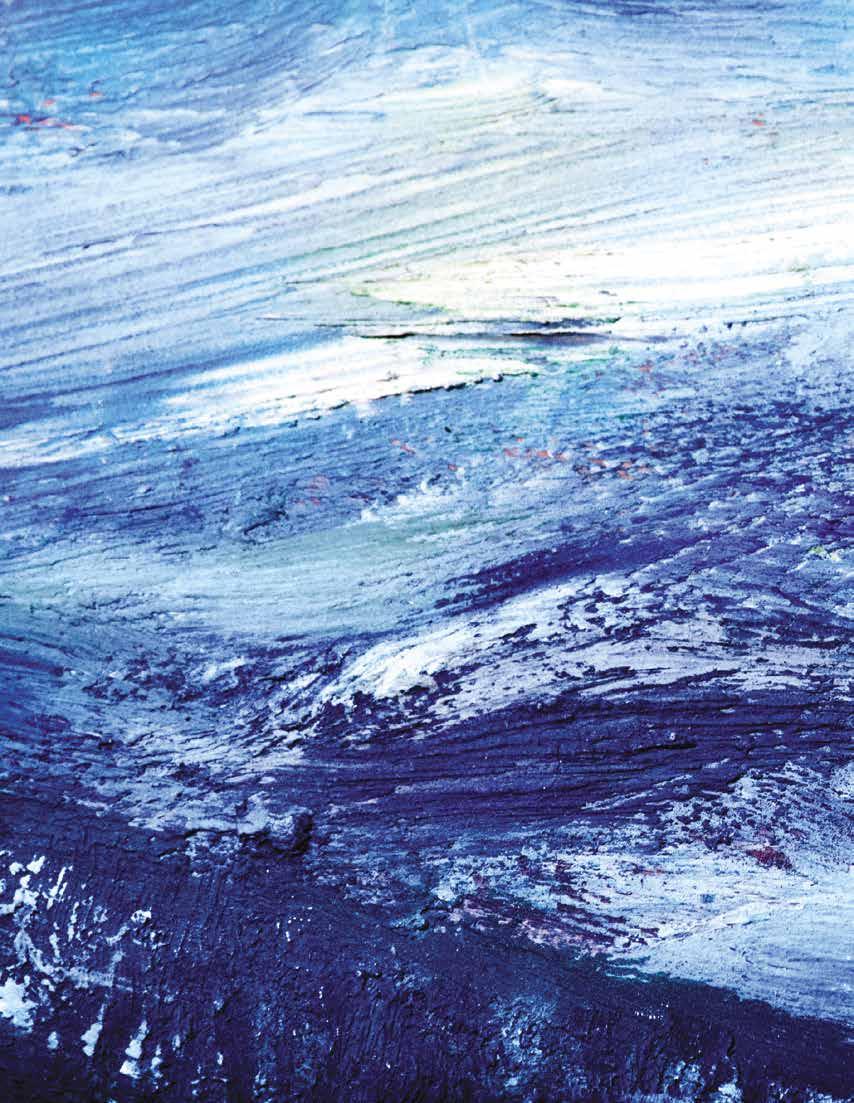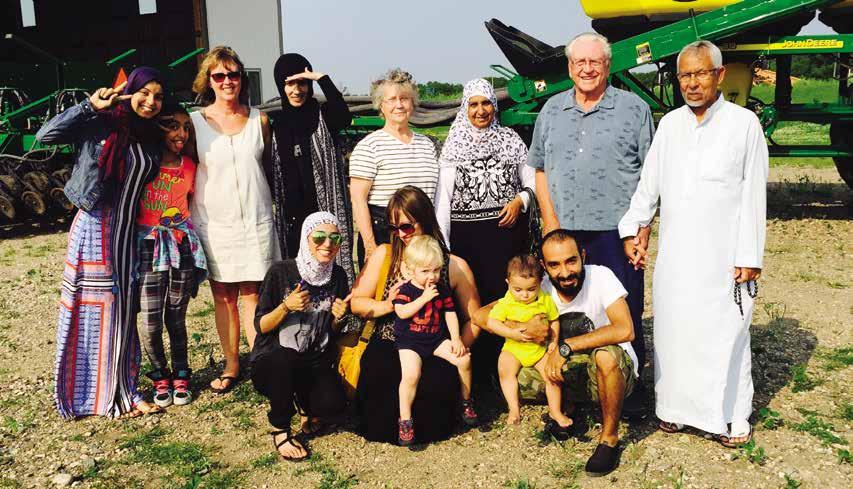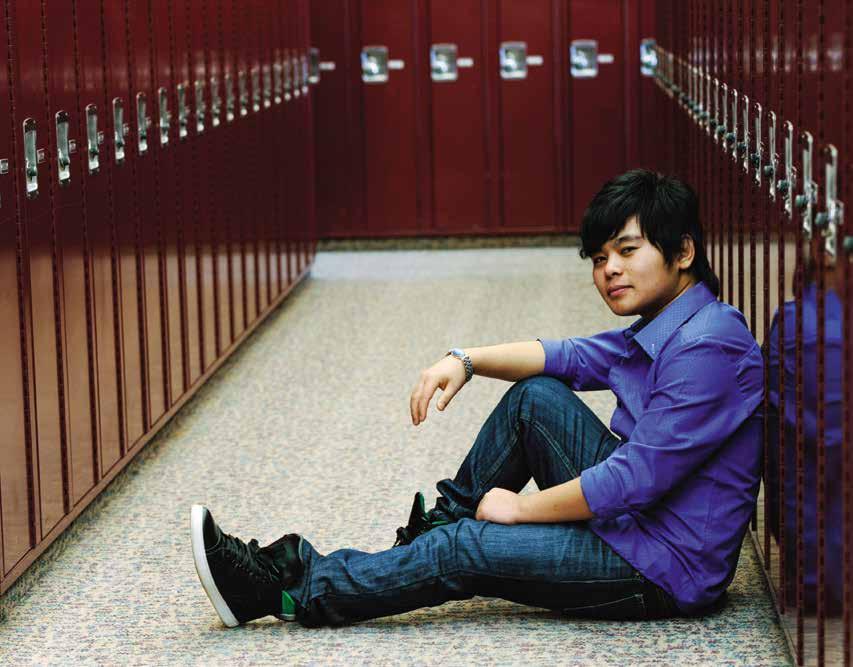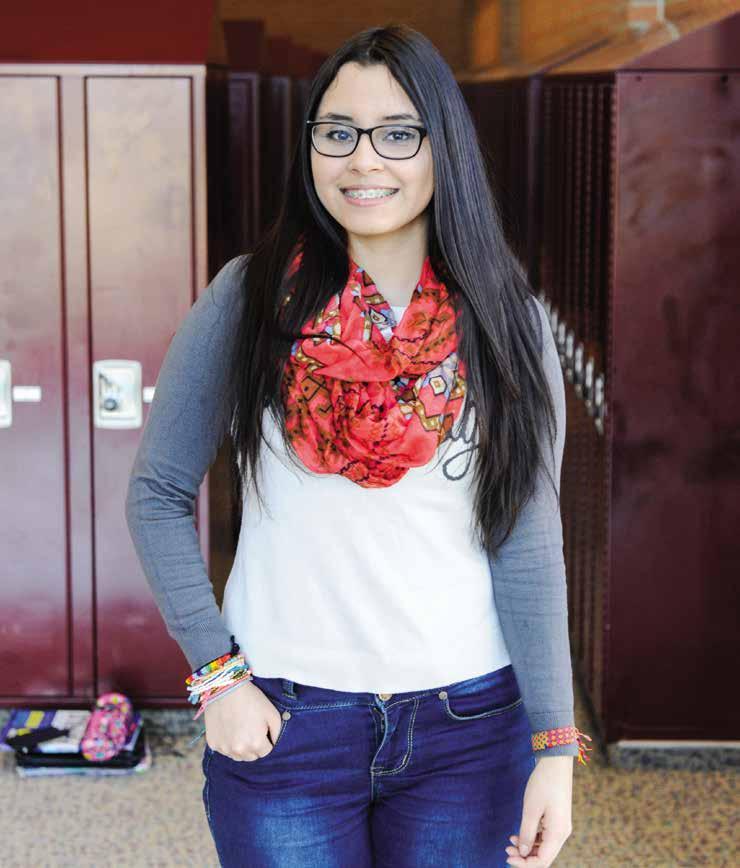[new americans] My name is Kampeska Cinkila Win, Lakota for “Little Shell Woman.” My English name is Nicole Montclair-Donaghy. I’m an enrolled member of Standing Rock Sioux Tribe. I’ve long debated whether or not to share this piece. I believe that our stories should be shared, as they are a part of all of our histories as humans. In 1924, my people were given the right to become American citizens after being on these lands for centuries. A few years prior to that, the US Department of the Interior’s “Ritual on Admission of Indians to Full American Citizenship” was performed when any Indian wanted to denounce their traditional ways and live the life of the farmer. This is an important time in history, as it was not so long ago—within my grandmother’s lifetime. History books do not tell the correct story of Native American peoples, as they incorrectly portray our people as conquered and defeated. On the contrary, we have learned to become what the plan for us has always been: colonized, assimilated, and everything other than who we have always been. My poem, “The New Assimilated American,” touches on the historical ritual that was used to relinquish our identity as a people. To become the farmer, where men harvest the earth, and where women become the foundation of the home. Ironically, we were already all of those things. It also speaks to the beginning of the boarding school era, in which many Native children were taken from their homes and forced to assimilate to western ways. Although there are many people who consider immigrants the “new” Americans, we as Native people were new citizens in our own land, just sadly forgotten.
THE NEW ASSIMILATED AMERICAN By Nicole Montclair-Donaghy
Learn or die, that is the only way Tell me who you are, but be careful what you say No native tongue, No savage cry Your name will now be Christianized The noble savage Kill him, save the man Learn our ways as fast as you can Run into the shadow of grace The Lord doth love you Now let me replace, Everything you’ve ever been Your primitive lifestyle is a sin Cut your hair and stand up straight For your ritual is here, and all await Denounce yourself, You’re not yet like us Everything you’ve ever known is now in our trust Stand proud and walk this way You will be a real person after today Shoot your last arrow, and leave the Indian behind Take the hand of the plow and then decide It’s savage or man, be this thy choice Make our words, but use your voice A stranger in your own lands, This is not your country Forced to live a different life abruptly Your ancestral lands, gone forever Still all is well, this dream is better You’re a citizen now, ward of the state Children at boarding schools, learning a trade Be a good citizen, stay in your place Our religion will save your hellish fate Be a good American, for your own sake This is how we assimilate
James McLaughlin performs a citizenship ritual for Native Americans of the Standing Rock Indian Reservation in Fort Yates, North Dakota, on December 18, 1917. The ceremony included the shooting of last arrows and the symbol of a plow to farm. (State Historical Society of North Dakota 1952-00372 Frank Fiske Photo)
36
NICOLE MONTCLAIR-DONAGHY is a Lakota/ Mandan and is an enrolled member of Standing Rock Sioux Tribe. She is a field organizer for Dakota Resource Council and works on oil and gas issues in western North Dakota.















